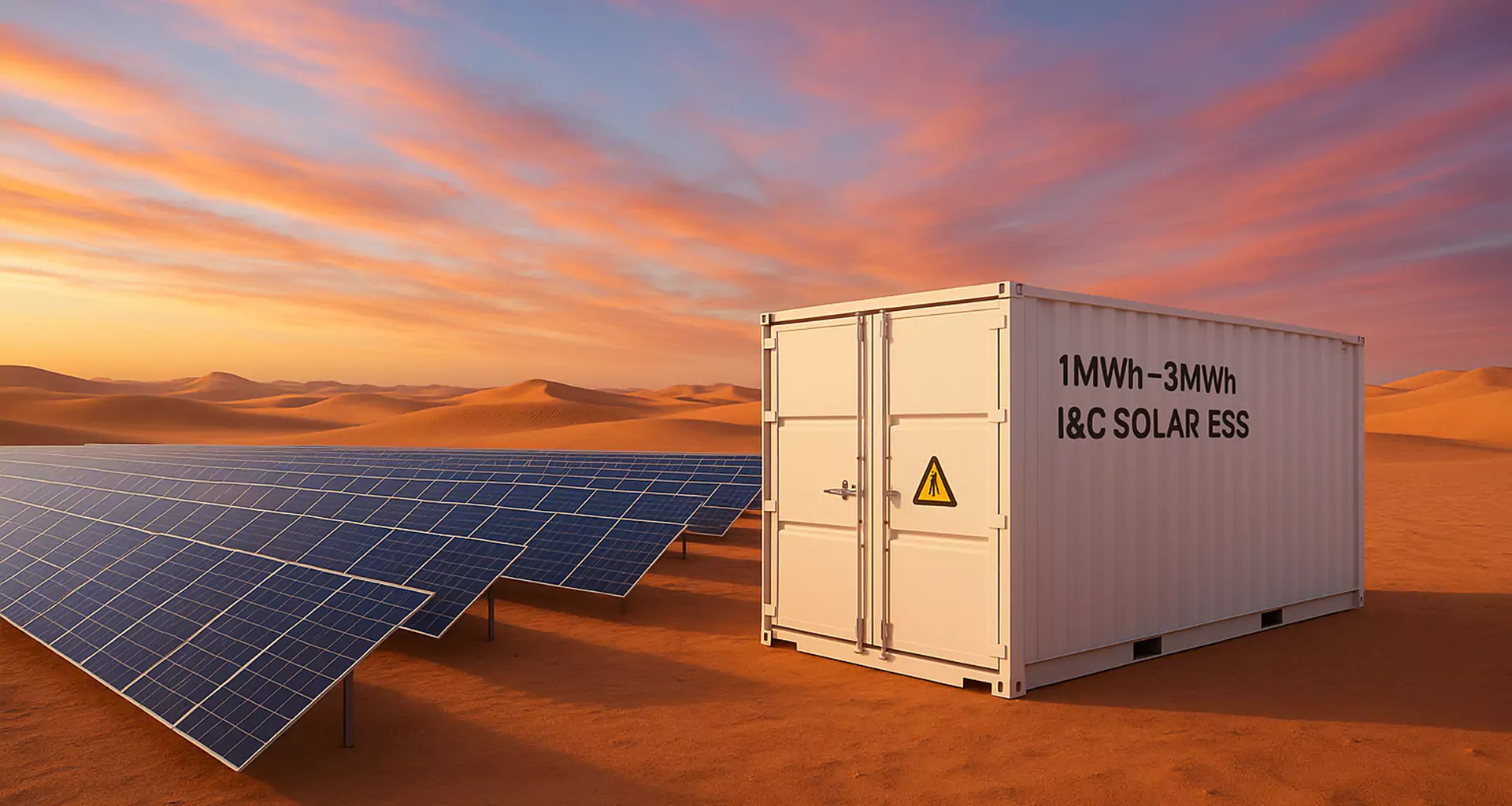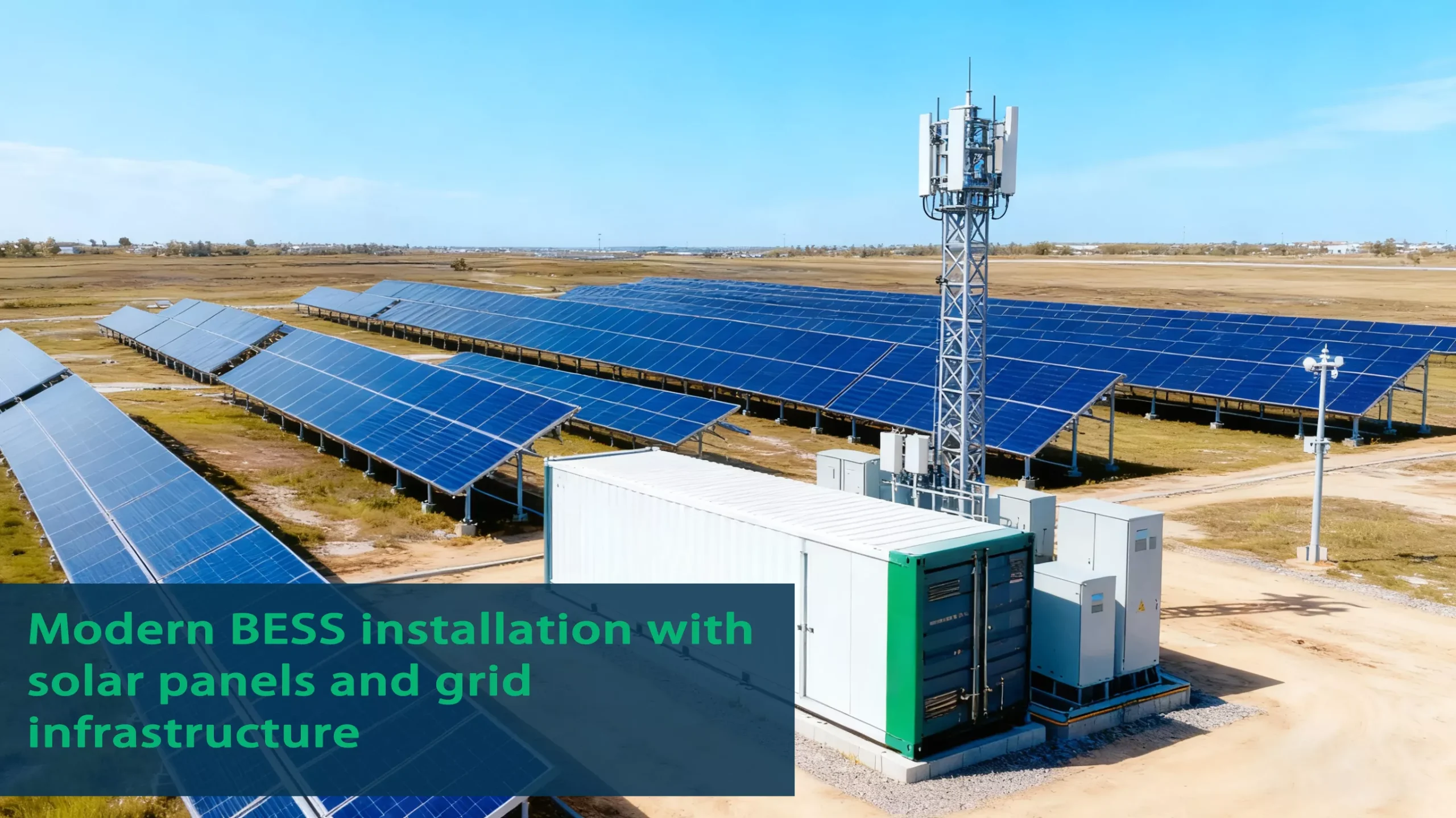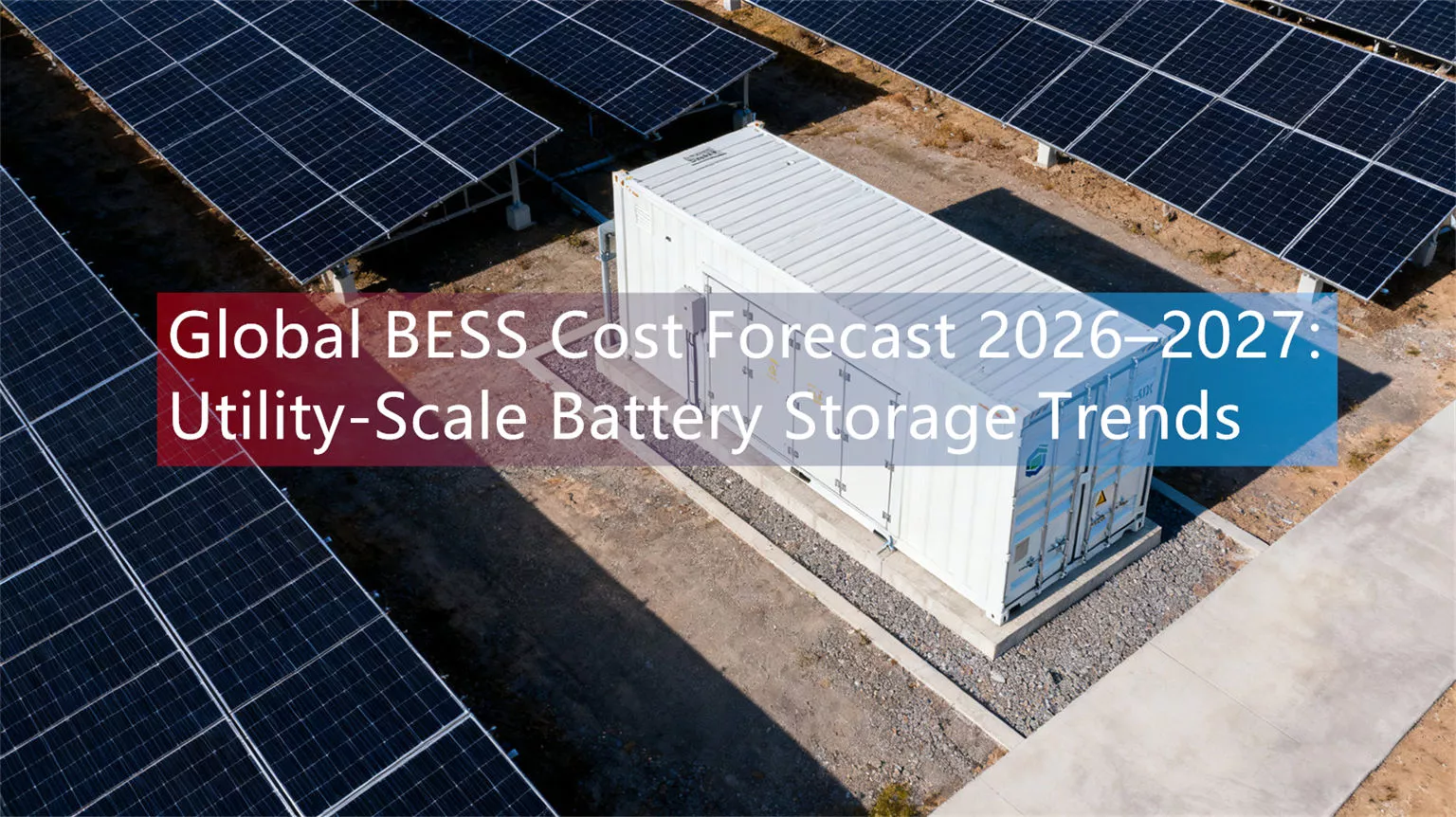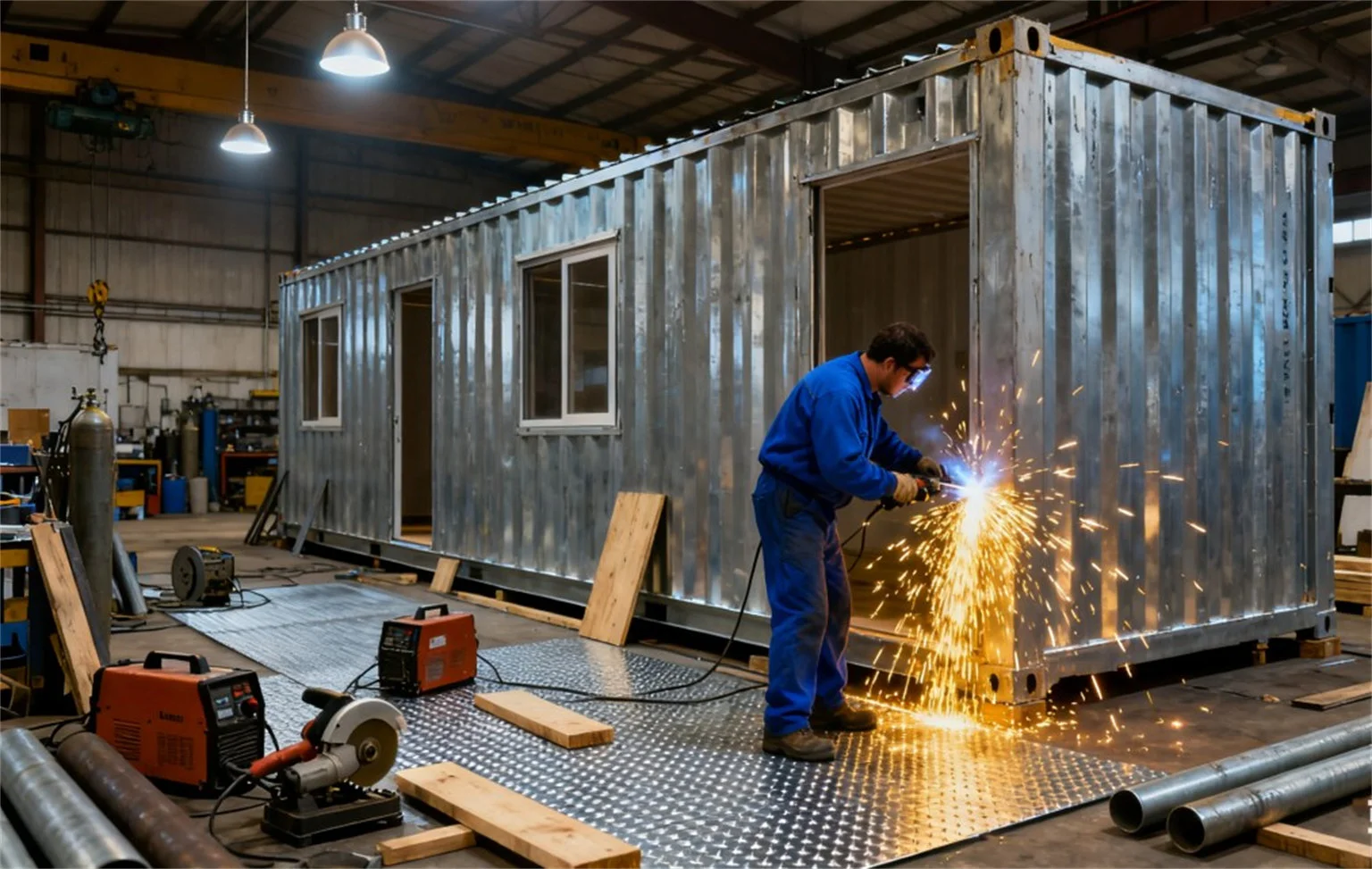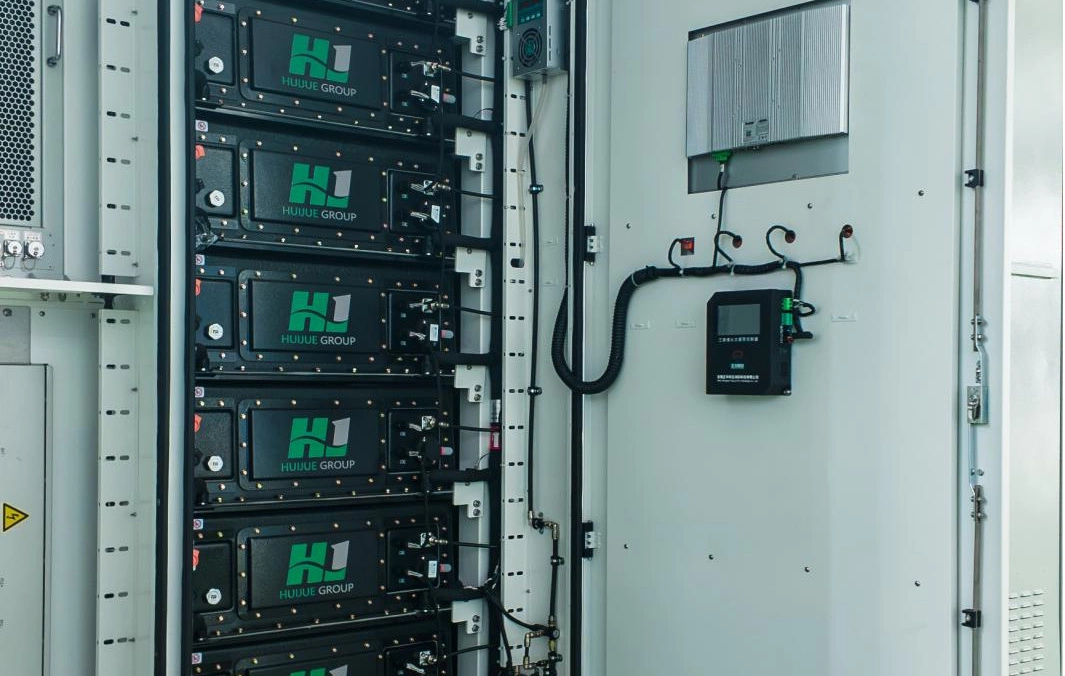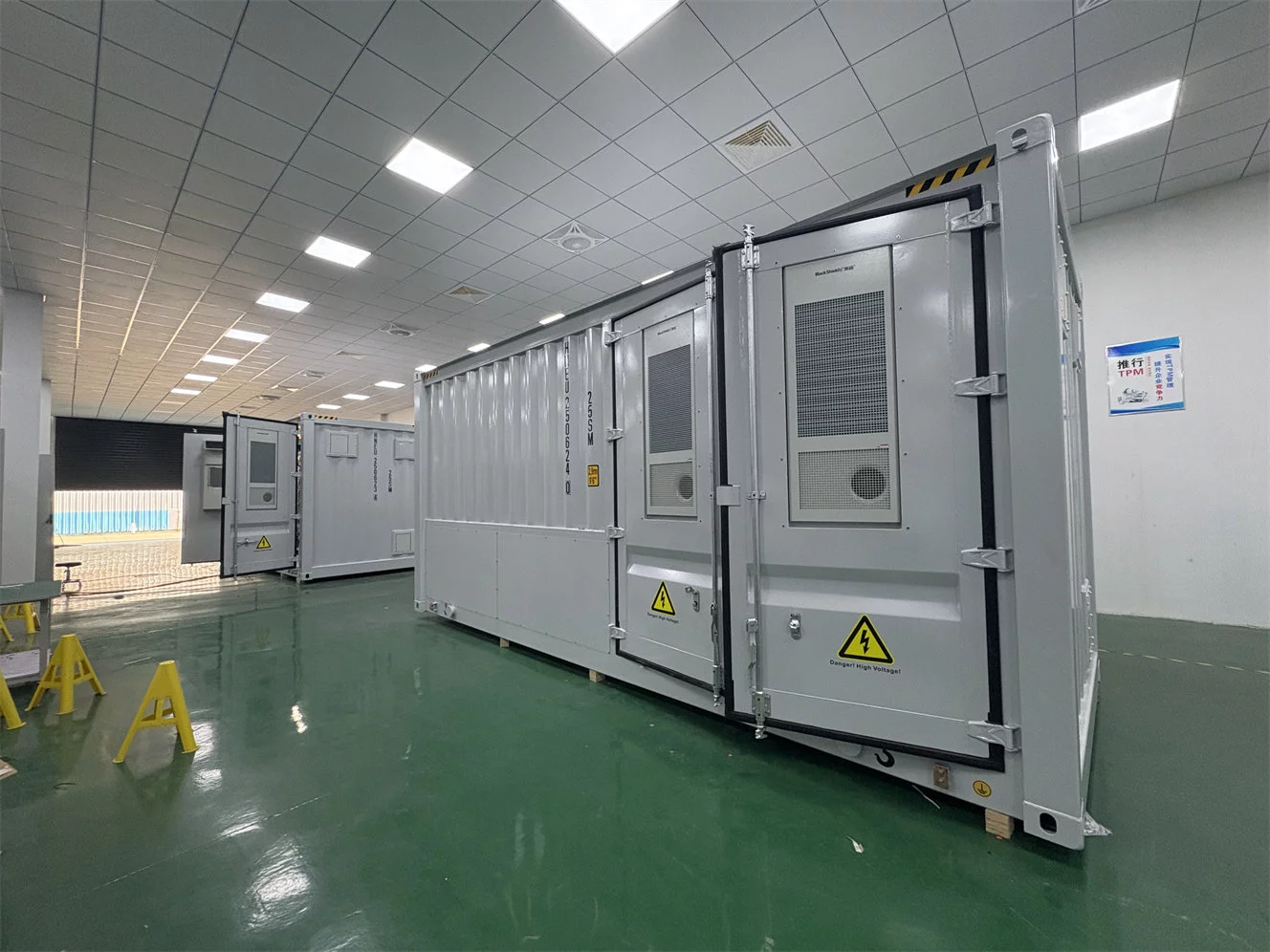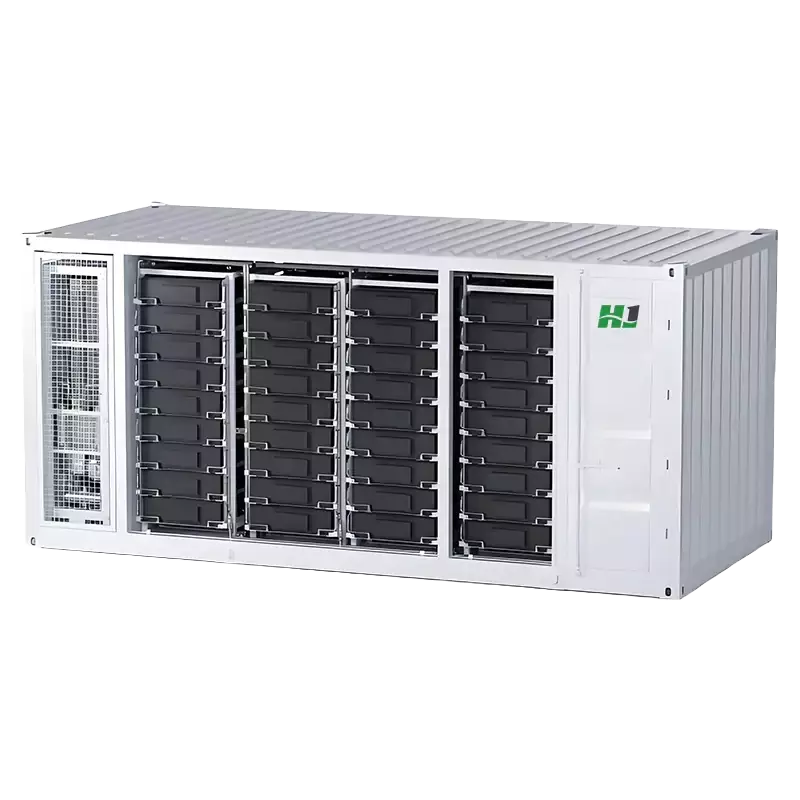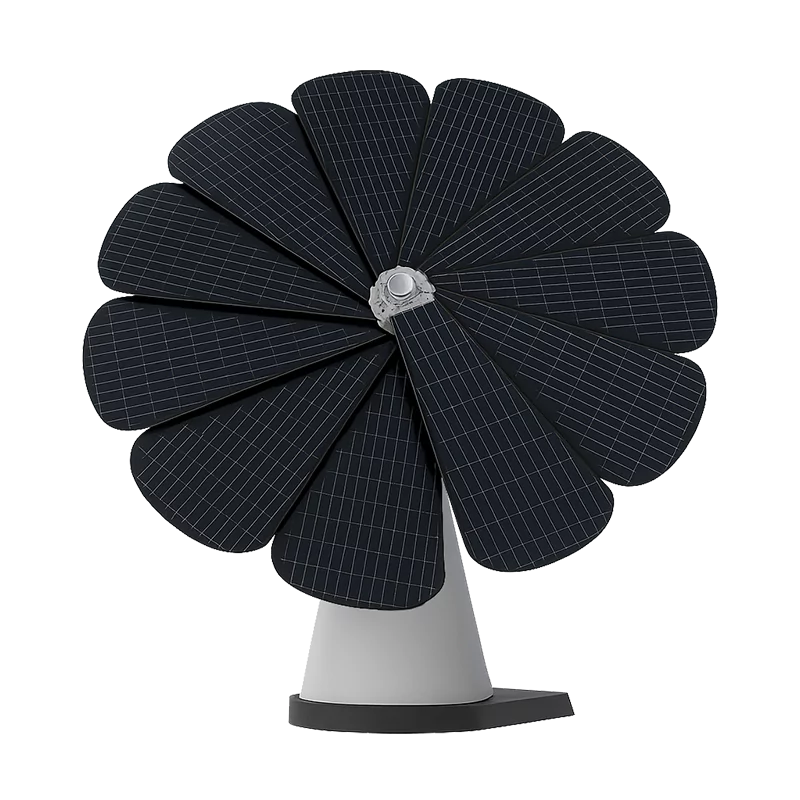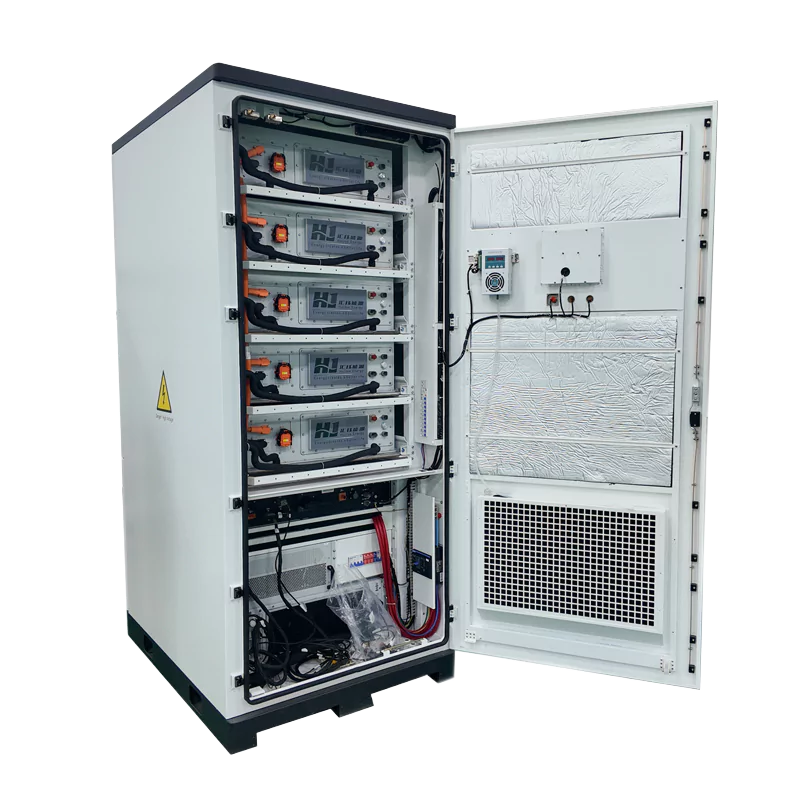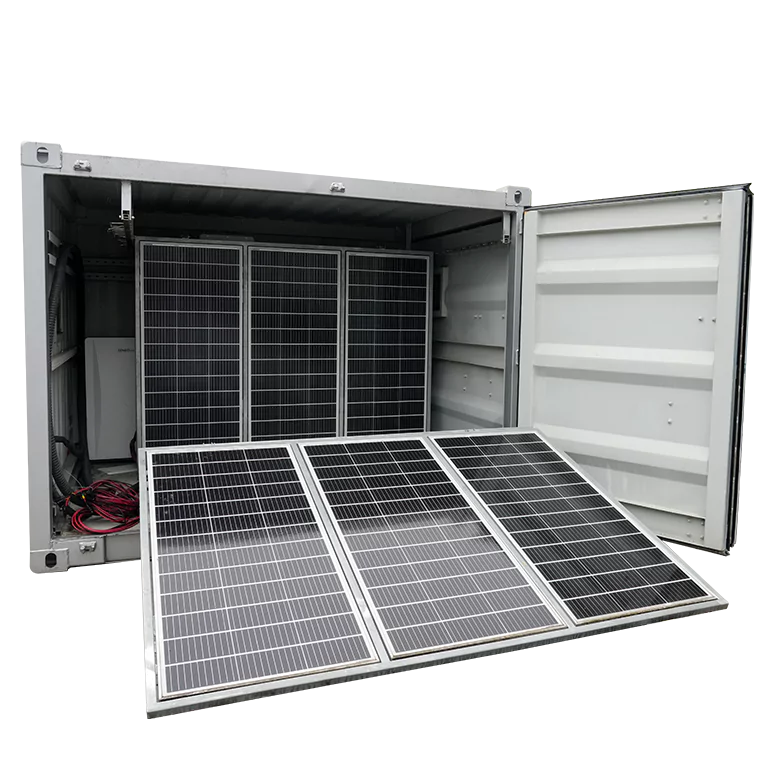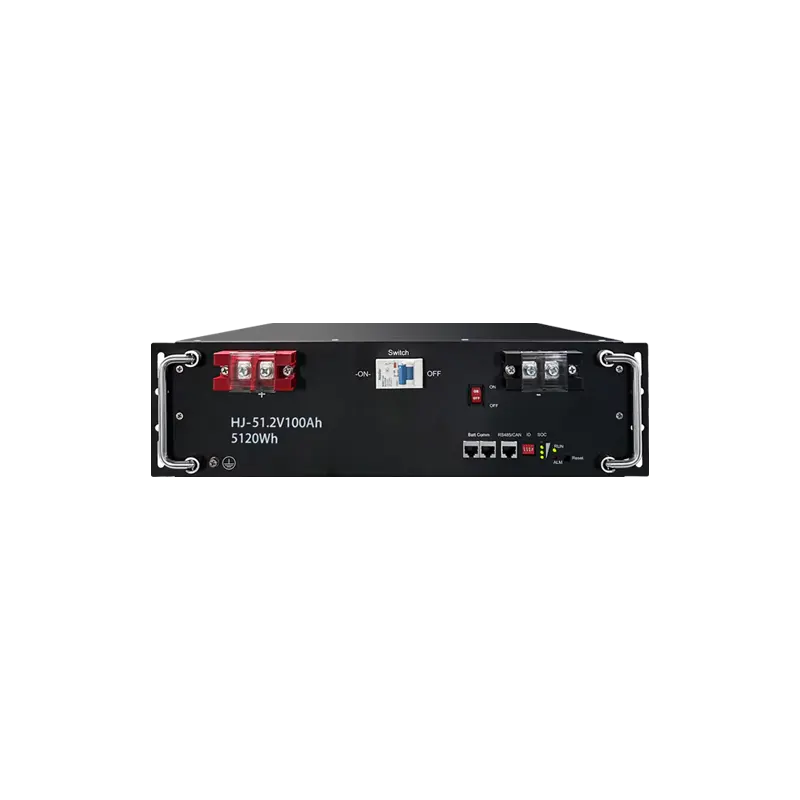Masdar City UAE: Solar Desalination Powered by Site Energy Solutions
Masdar City rises from the Abu Dhabi desert as more than a futuristic skyline; it is a living laboratory that proves abundant sunshine can solve two Gulf‑region headaches at once: power security and fresh‑water scarcity.
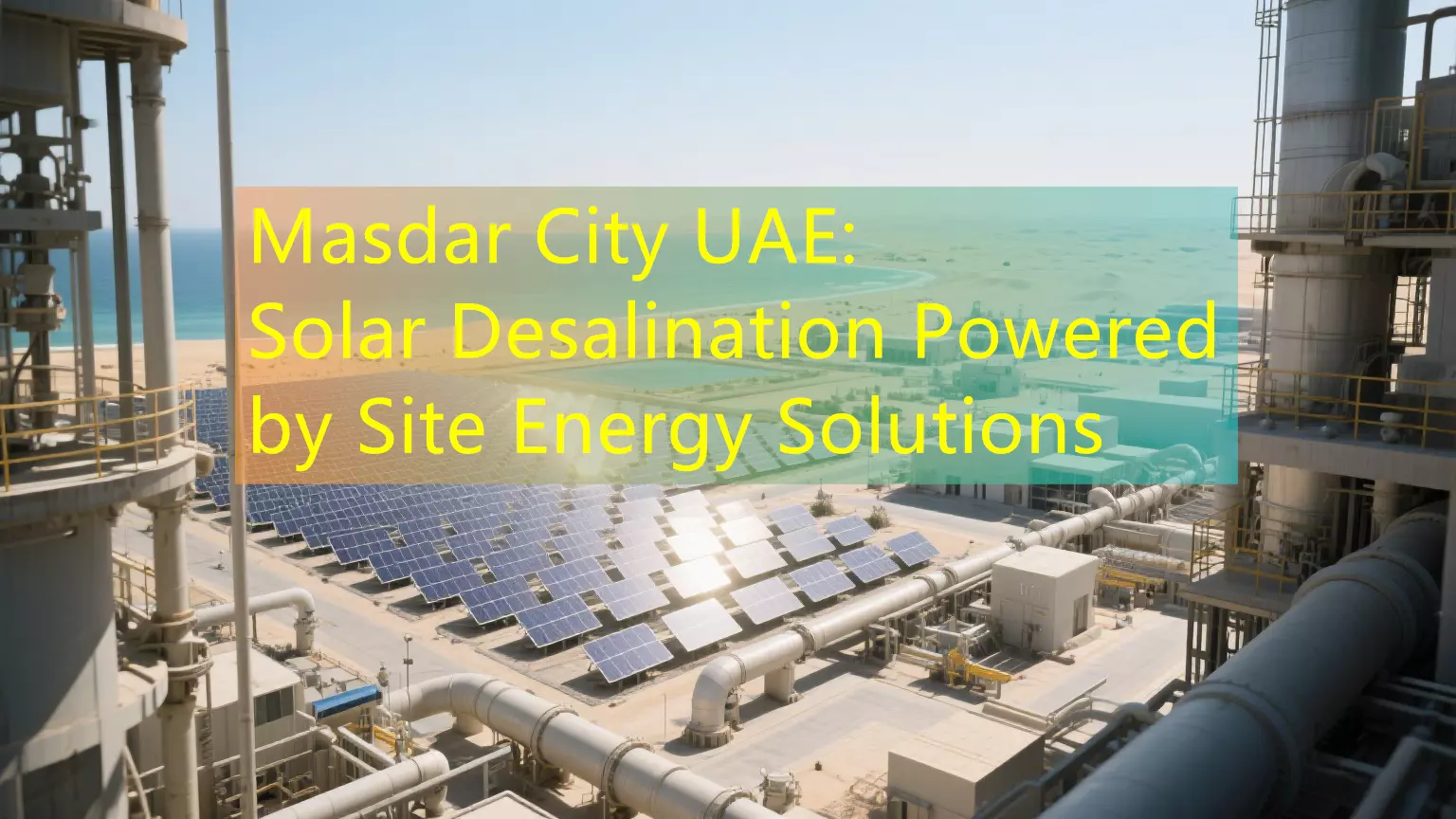
1. Why Solar + Desalination Works on the Arabian Peninsula
- Climate advantage – >300 days of intense sunshine provide a near‑constant energy source; desalination demand peaks in the same daylight window.
- Closed‑loop efficiency – PV electricity feeds high‑efficiency reverse‑osmosis trains, slashing the 5 kWh/m³ footprint of conventional plants to <3.6 kWh/m³ in Masdar’s pilots.
- Carbon savings – Every cubic metre of water produced with solar power avoids diesel or natural‑gas combustion, buffering the UAE’s emission targets.
2. Inside Masdar’s Integrated Energy–Water Campus
| Element | Status | Key Figures | Take‑away |
|---|---|---|---|
| Utility‑scale PV farm | Online since 2009 | 10 MWp, ~17,500 MWh / yr | Base‑load clean power for the city and research hub. |
| Rooftop & BIPV network | >80 % of roofs | 7 MWp distributed | Low‑voltage “energy canopy” stabilises local micro‑grids. |
| Renewable desalination pilots | 5 plants (Ghantoot) | <3.6 kWh per m³ | Demonstrates scalable, solar‑driven water production. |
3. “Site Energy” in the UAE Context
Local professionals often badge these self‑reliant systems as distributed generation, captive power, or simply site power — all shorthand for generating, storing, and regulating electricity exactly where it is consumed.
The UAE’s federal roadmap forecasts the distributed‑energy market to triple this decade as desert resorts, ports, and industrial zones copy Masdar’s template.
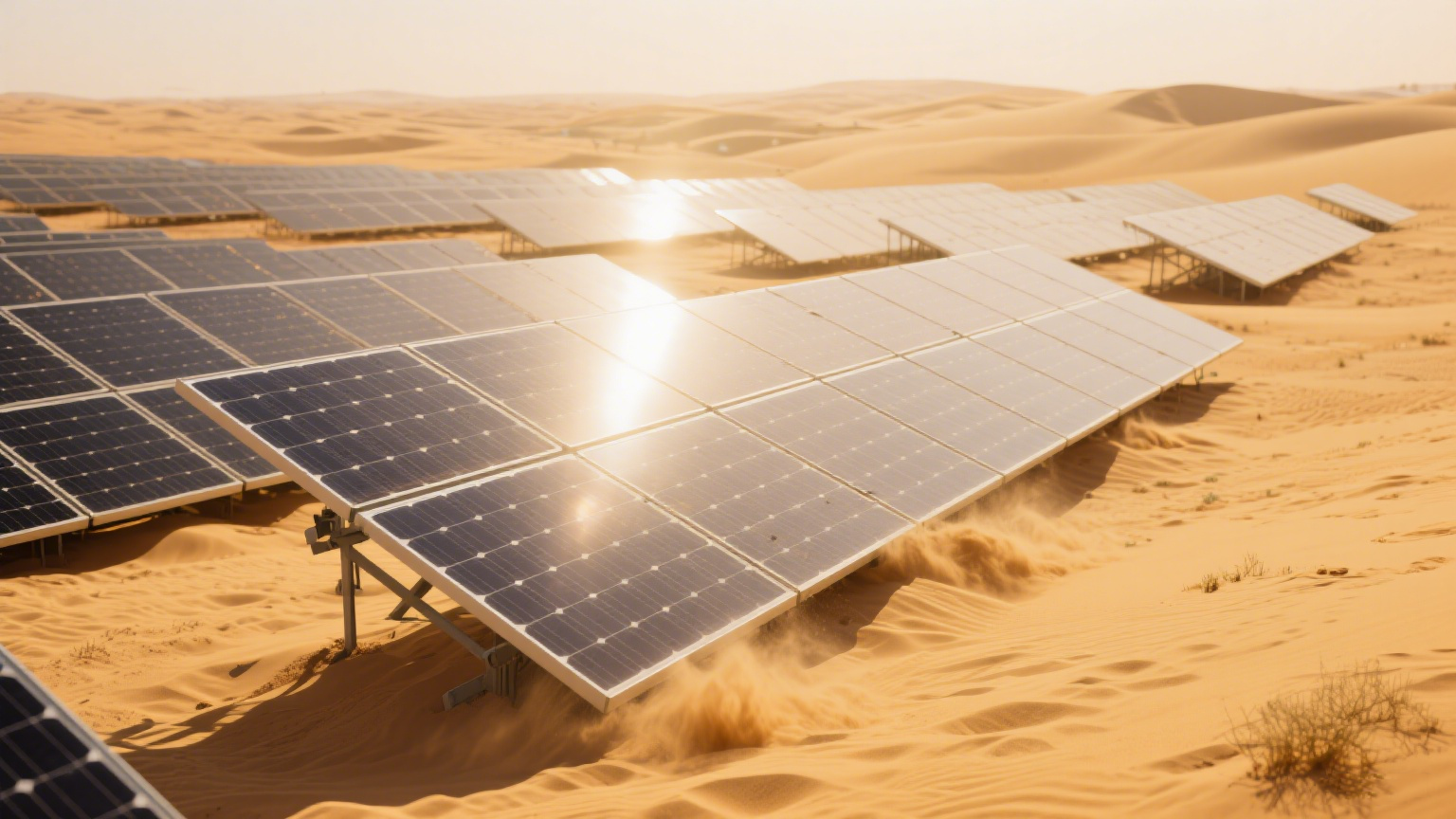
Core requirements for desert site‑energy networks
- Heat‑hardy PV modules – glass, junction boxes, and backsheets that shrug off 45 °C ambient and blowing sand.
- High‑capacity storage – enough buffer to run pumps and grids through hazy afternoons and night shifts.
- Real‑time intelligence – to prioritise desalination loads, export excess to the grid, or charge batteries against time‑of‑day tariffs.
4. How HighJoule Technologies Map onto the Masdar Model
Although HighJoule is not a project partner at Masdar, the same building blocks we supply worldwide are purpose‑built for Gulf‑coast solar‑desalination schemes:
| Challenge | HighJoule Solution |
|---|---|
| Consistent power harvest under extreme heat |
HJT 650–700 W Solar Panels — heterojunction cells keep temperature‑coefficient losses low, sustaining output for desalination’s midday peaks. |
| Day‑night water production & grid support |
430 kWh Foldable PV + Storage Unit — a containerised battery‑PV hybrid that deploys in hours and scales to multi‑MWh clusters. |
| Smart dispatch between pumps, grid, and batteries |
HJ‑IEMS Energy Management System — SCADA‑grade controls that squeeze every kilowatt out of variable solar while protecting mission‑critical loads. |
5. Lessons for Future Gulf & Red‑Sea Projects
- Co‑location is king – siting PV, storage, and desalination on the same plot slashes transmission losses and land duplication.
- Mix your storage – thermal batteries now complement lithium systems, letting operators shift either heat or electrons depending on tariff incentives.
- Design for dust – specify self‑cleaning coatings and robotic sweepers at the procurement stage; O&M budgets fall by up to 30 %.
- Modularity wins – containerised power blocks shorten project finance cycles and simplify export‑credit guarantees.
Conclusion
Masdar City proves that marrying a solar park to seawater desalination is not a thought experiment but a commercially realistic path to water‑energy security.
As Abu Dhabi scales the model and new eco‑cities break ground from Ras Al Khaimah to the Red Sea coast, robust site‑energy platforms will be the deciding factor between showcase pilots and bankable infrastructure.
HighJoule stands ready with PV, storage, and intelligent controls already engineered for Gulf climates — plug‑and‑play components for the next chapter of desert sustainability.
Looking to replicate Masdar‑style resilience in your own project? Contact our engineering team for a tailored site‑energy assessment.
Find Your Solar + Battery Storage Specialist Now!
* Fill out this form and our experts will help you find the perfect solar storage solution for your home or business.


